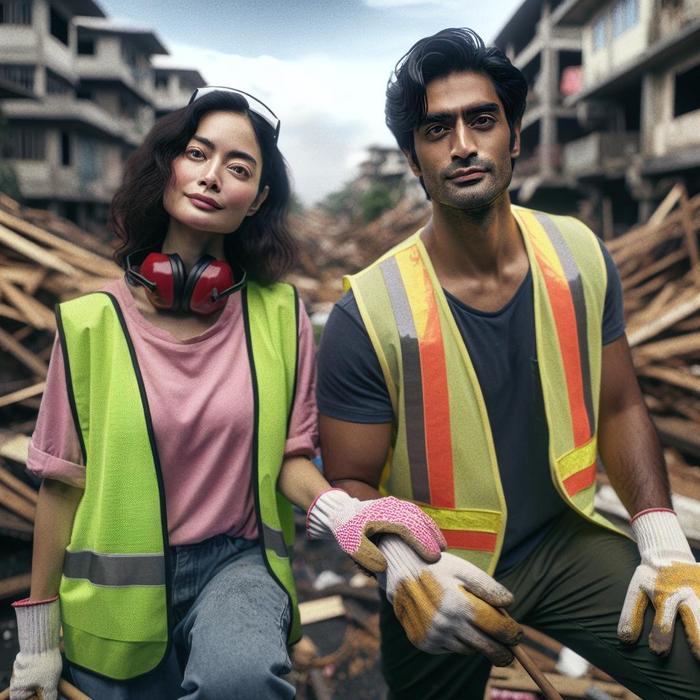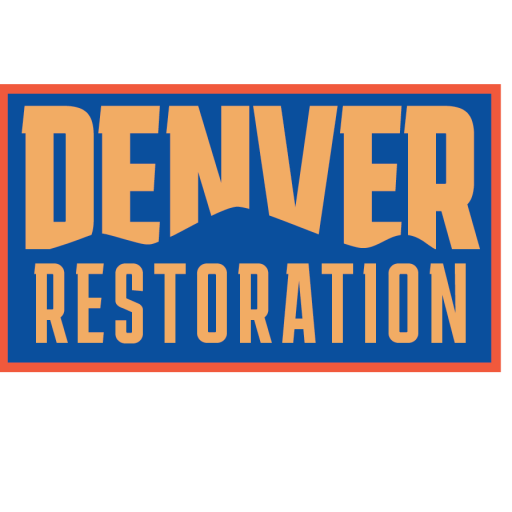Community-focused Damage Restoration: The Next Step in Disaster Recovery
Underlying Importance of Community Involvement in Disaster Recovery
The aftermath of a disaster can be overwhelming for many homeowners and business owners. This devastating experience often involves not only physical, but also emotional trauma. In scenarios such as these, rebuilding and restoration become essential for the process of moving forward. However, disaster recovery is not simply a matter of physical repair. It involves fostering a sense of belonging and morale among the affected individuals, which can significantly contribute to the healing process.
Increased community efforts during disaster recovery can create a strong support system among the affected individuals, thereby minimizing negative emotional impacts and promoting resilience. Having a sense of belonging to a community can significantly improve individual well-being and resilience in the face of adversity, as reported in a study by Phoenix Australia.
Incorporating Community Efforts into Damage Restoration
To effectively incorporate community efforts into damage restoration, it is essential to understand the specific needs and concerns of the affected individuals. This involves actively engaging with the community, determining their pain points, and assuring them that the restoration process will address their specific needs.
For instance, during water damage restoration, homeowners may be concerned about potential health hazards due to mold growth. By sharing knowledge about appropriate restoration techniques and equipment, it can provide reassurance to the community members who may be facing similar challenges.
A similar engagement can also be applied in the case of fire damage restoration. Ensuring open communication with the community can help in understanding their concerns and fears regarding the restoration process. This could involve arranging community meetings where restoration professionals can explain the various stages involved in the restoration process, addressing the fears of potential health conditions due to environmental safety issues.
Leveraging Value-Based Optimization in Disaster Recovery
Value-Based optimization plays a critical role in enhancing community efforts in disaster recovery. It emphasizes the importance of listening to the community and deploying resources where they are most needed.
Generous listening, as emphasized by the World Economic Forum, is a powerful tool in understanding community needs and should be incorporated into disaster recovery plans.
Insurance can be a significant concern for many homeowners and business owners in the aftermath of a disaster. By providing clear, actionable information on how to navigate insurance claims, restoration companies can ease the burden on the affected individuals. Providing in-depth knowledge about disaster impacts and expected costs can help community members understand the extent of their damage, leading to more successful insurance claims.
Furthermore, ensuring that the restoration process complies with all relevant laws and regulations is vital. Restoration professionals should stay updated with the latest guidelines and compliance requirements, such as environmental and health safety regulations, to maintain the trust and confidence of the community members.
Building Stronger Communities through Restoration Efforts
Disaster recovery is not just about restoring properties—it’s about restoring lives. The process should create a sense of belonging and rally community members towards a common goal: rebuilding and moving forward. By incorporating community efforts into damage restoration, we can foster strength, resilience, and a sense of belonging in the aftermath of disaster, thereby creating stronger and more resilient communities.
Through collaboration and community-focused initiatives, we can go beyond mere property restoration and contribute to emotional and social healing, reestablishing a sense of normalcy, and ultimately, aiding in faster recovery for individuals and communities alike.
Building Trust and Confidence in Restoration Services
Rebuilding trust and confidence in restoration services is essential in fostering a sense of security among the affected community members. Clear communication regarding the steps involved in the restoration process, the equipment used, and the likely duration of the project can significantly aid in establishing this trust.
Offering transparent pricing and providing a detailed breakdown of the cost measurements can also help homeowners and business owners better understand what they’re paying for and can alleviate concerns about possible hidden costs. Reassuring community members of your firm’s commitment to their best interests can instigate a sense of trust, an essential factor in building strong, resilient communities.
Timely and Efficient Damage Assessment and Estimation
When it comes to disaster recovery and restoration, time is of the essence. Swift and efficient damage assessment and estimation can potentially prevent further damage to the property and ensure a speedy recovery process. Providing a quick, accurate, comprehensive damage assessment is a critical step in the restoration process.
This process includes identifying the extent of the damage, the required restoration techniques, and the estimated cost and time required for restoration. By sharing this information with the community, restoration professionals can alleviate concerns regarding the recovery timeline and what it entails. Communication of this kind is also crucial to address insurance-related inquiries, thereby further expediting the recovery process.
Investment in Advanced Restoration Techniques and Equipment
The utilization of advanced restoration techniques and equipment is an important step in the disaster recovery process. By investing in state-of-the-art technology, restoration companies can provide more effective and efficient services, minimizing the restoration timeline, and thereby, reducing disruption in the lives of the affected individuals.
For instance, thermal imaging cameras can detect hidden water damage, while air scrubbers can purify the air in the aftermath of a fire or mold infestation. Educating the community about these techniques can assure them of the competency and professionalism of the restoration services, thereby fostering confidence and trust in the process.
Emphasizing Health Safety and Environmental Considerations
Restoration is not just about repairing structural damage. Ensuring the safety and health of the affected individuals and the environment is an integral part of the process. Damage from fire, water, or mold can pose potential health risks and environmental hazards.
Restoration professionals should be knowledgeable about the relevant safety protocols and environmental guidelines. This would not only protect the community and environment but also reinforce the confidence of the community members in the restoration process.
Effective Customer Communication and Crisis Management
Effective communication during a crisis is paramount. Understanding the emotional turmoil that the affected individuals might be experiencing is a crucial part of managing such situations. Restoration professionals should be equipped to communicate empathetically and effectively, addressing the concerns of the community members promptly and accurately. Implementing an open communication policy can significantly help alleviate tension and uncertainty during such challenging times.
Additionally, providing a systematic crisis management plan can offer the community a roadmap to recovery, empowering them and instilling a sense of control. This plan could involve guidelines on how to evacuate safely, secure important personal documents, reduce further property damage, and how to access resources for immediate needs.
Moving Forward: A Collaborative Approach
The aftermath of a disaster is a testing time for any community. It is essential during these times to foster a sense of unity, resilience, and hope. By integrating community-focused efforts, restoration companies can move beyond mere physical restoration and contribute towards the emotional and social healing of the community.
Through effective, empathetic communication and collaboration, we can speed up the recovery process for the individuals and the community as a whole, creating a sense of normalcy and moving forward.
Ensuring Value in Restoration: A Community Perspective
Ultimately, the focus of any restoration effort should be the people affected by the disaster. By understanding their needs, addressing their concerns, ensuring transparency and putting their well-being first, we can ensure a value-based, community-centric approach to disaster restoration.
In conclusion, disaster recovery is more than just physical restoration – it’s about fostering strength, resilience, and a sense of belonging among the community members. Through collaboration and community-focused efforts, we can create stronger, more resilient communities, ultimately aiding in faster recovery for individuals and communities alike.

